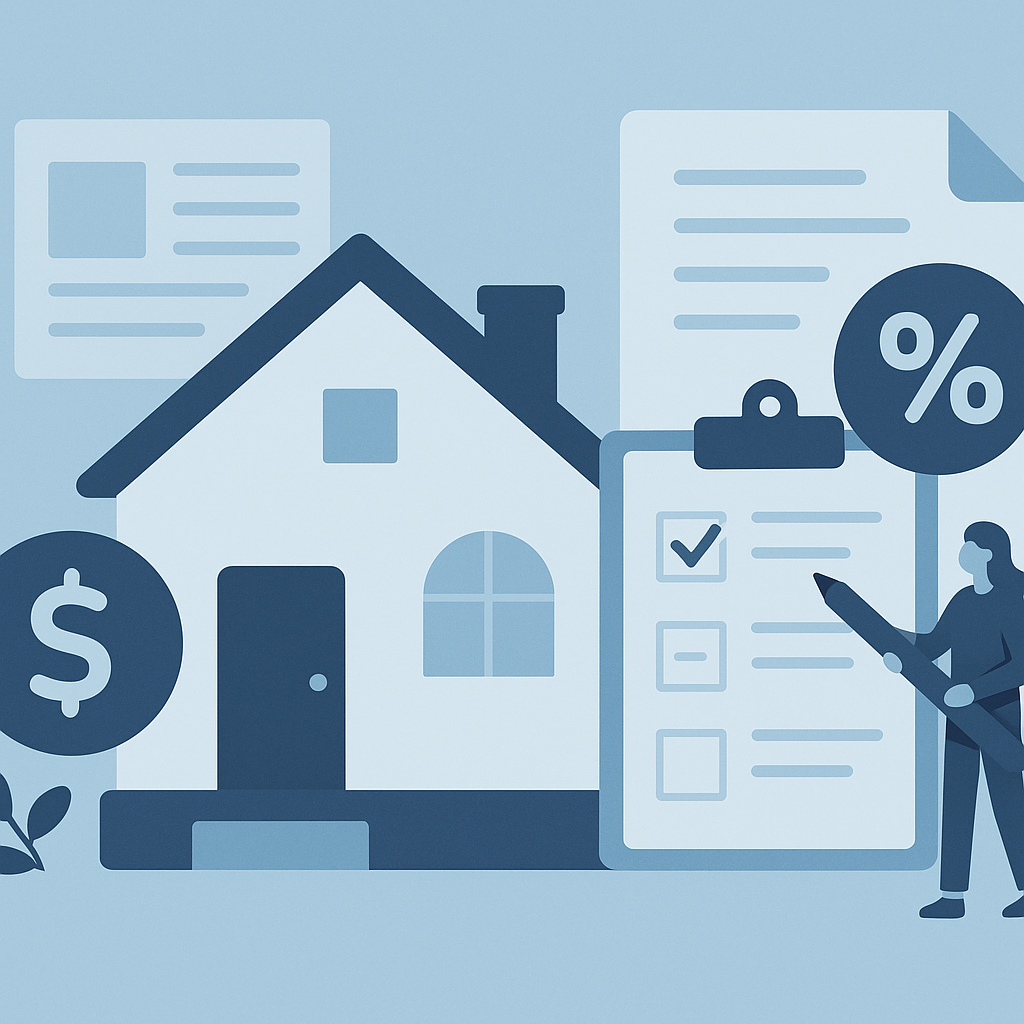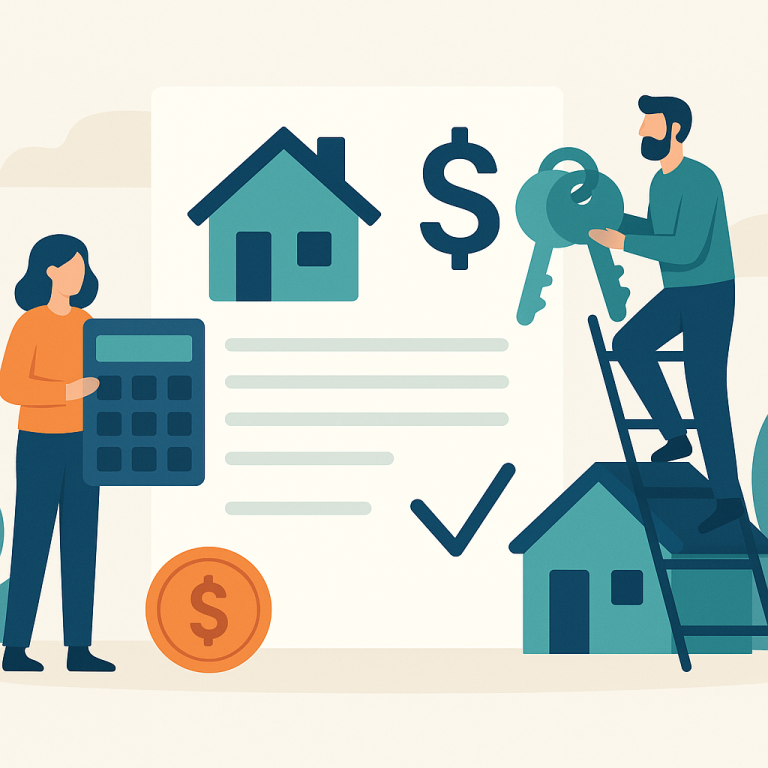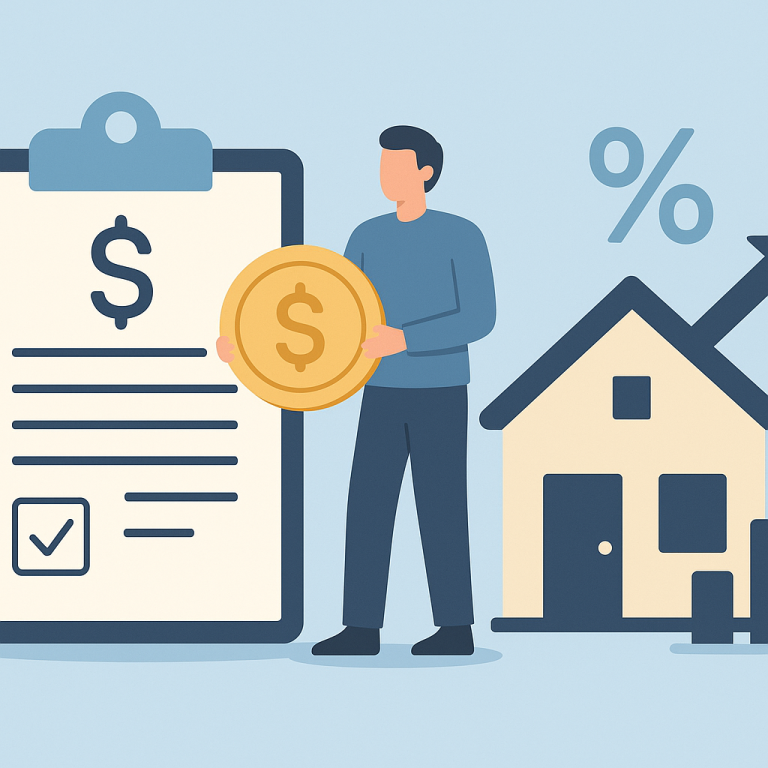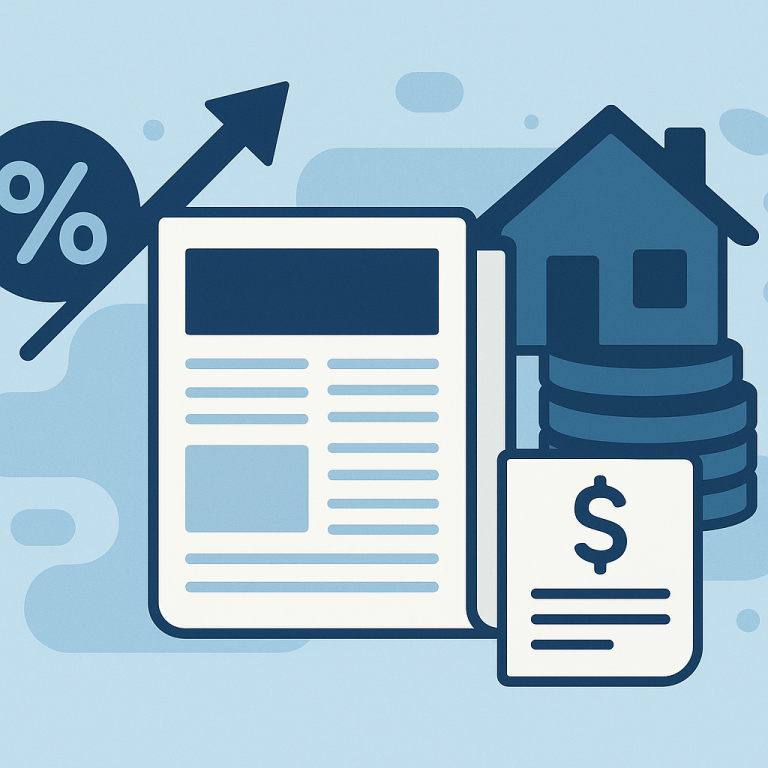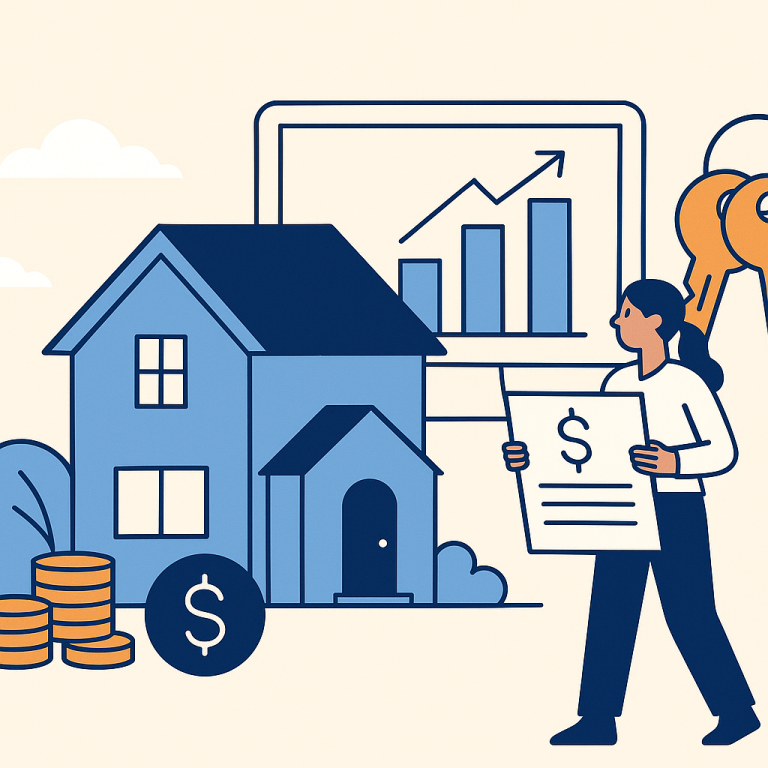Mortgage Refinance Rates Rise 25 Basis Points to 6.75%, Lock Volume Surges
At a glance: The latest mortgage rate move and how it could affect refinancing decisions.
Mortgage rates have shifted. The effect depends on a borrower’s current loan rate, term remaining, and goals.
What the Rate Move Means for Borrowers
Recent market movement has produced a modest decline in mortgage rates, opening a narrow refinance window for homeowners whose current loans and financial situations align with lender pricing. The change is not a broad-based, across-the-board opportunity; instead, refinancing now tends to benefit specific groups of borrowers — notably those with significant equity, longer remaining loan terms, or the intent to change loan structure.
Industry lenders report that while headline rates have moved lower, lender pricing and borrower requirements remain driven by credit profiles, loan-to-value ratios, and the type of refinance sought. As a result, many homeowners will find that a refinance only makes financial sense after careful calculation of costs, projected savings and personal plans for the property.
Who Is Most Likely to Benefit
Homeowners most likely to see a clear advantage from refinancing in the current environment generally share one or more of the following characteristics:
- Significant equity in the home, which reduces lender risk and can unlock lower pricing or enable cash-out options.
- A longer remaining term on their existing mortgage, where moving to a lower rate can reduce cumulative interest over time.
- Strong credit scores and a stable income profile, which improve access to competitive rate offers and fee structures.
- Interest in changing the loan structure — for example, moving from an adjustable-rate product to a fixed-rate product to lock in stability.
Costs, Break-Even and Timing: Key Considerations
Refinancing involves upfront costs and procedural steps that can offset rate savings. Borrowers should calculate a realistic break-even period that factors in lender fees, third-party costs and any prepayment penalties on the existing loan. If a homeowner plans to sell or move before reaching that break-even point, refinancing may not be advantageous.
Timing also matters: lenders’ day-to-day pricing can change with market volatility, and locking a rate typically requires a clear plan and readiness to proceed. Some lenders offer no-closing-cost options that adjust rates or roll fees into the loan balance; these can be useful in the short term but should be compared against long-term savings scenarios.
Practical Steps for Homeowners Considering Refinance
- Run a detailed break-even analysis that includes all closing costs and the expected time you will remain in the home.
- Obtain multiple loan estimates to compare effective rates, fees and loan features rather than relying on a single quote.
- Confirm whether your existing mortgage has a prepayment penalty and factor that into the decision calculus.
- Consider the loan purpose — rate-and-term refinances prioritize monthly savings and interest reduction, while cash-out refinances can free up liquidity but may raise your loan-to-value ratio.
- Check your credit profile and address any issues that could materially affect pricing before applying.
With modest rate movement, the refinance opportunity is selective rather than universal. Homeowners who prepare documentation, compare lender offers, and carefully model both short- and long-term impacts are positioned to identify whether the current environment supports a refinance that aligns with their financial goals.
META: refinancing-news; angle=targeted-opportunity; length=~560 words; audience=homeowners; tone=professional

